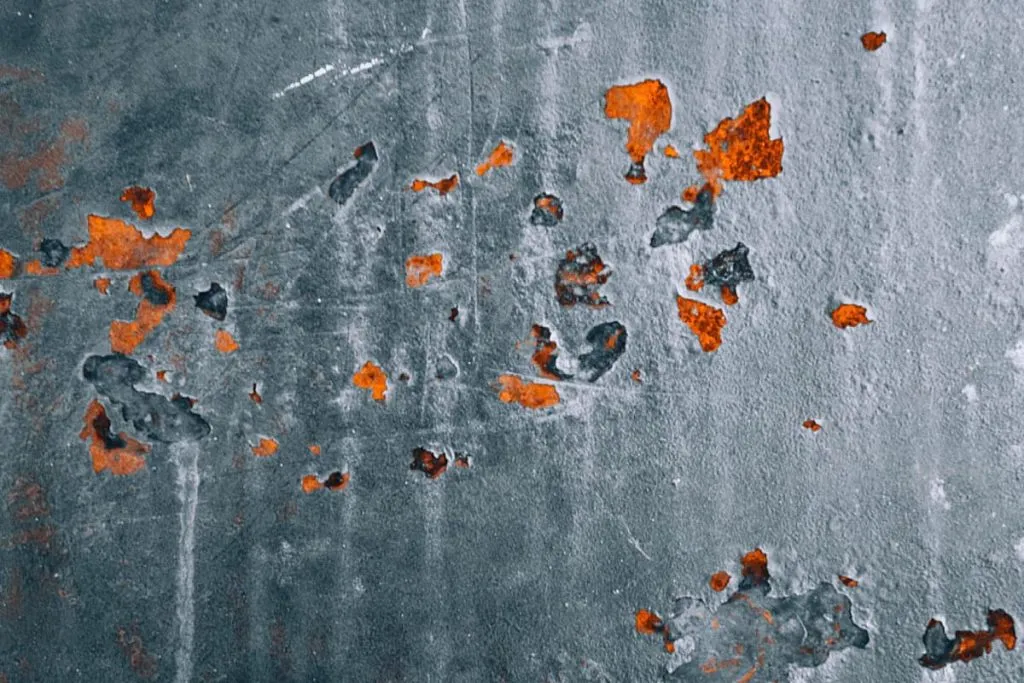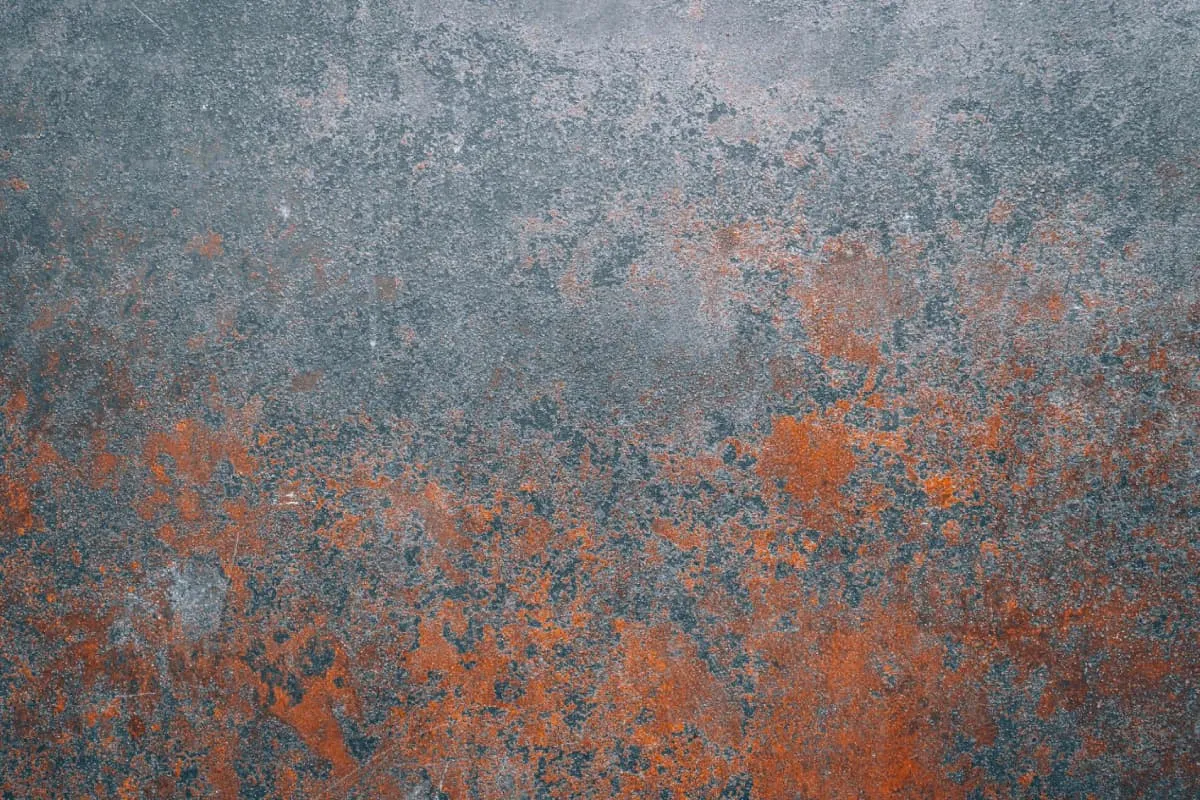A type of stainless steel may exhibit good corrosion resistance in many media, but in certain other media, it may corrode due to low chemical stability. In other words, a type of stainless steel cannot be corrosion-resistant to all media.
The corrosion of metals can be classified into three mechanisms: physical corrosion, chemical corrosion, and electrochemical corrosion. The physical dissolution of metals belongs to physical corrosion. Chemical corrosion refers to the direct chemical reaction that occurs in the medium, where metal ions directly exchange charges with the medium.
It was previously believed that metal oxidation due to high temperatures belonged to pure chemical corrosion, but in reality, most high-temperature oxidation belongs to electrochemical corrosion. The reason why the passivation protective film can prevent further corrosion of the metal is an important aspect that inhibits the speed of ion exchange and charge exchange.
Electrochemical corrosion is the corrosion of metal due to electrode reactions in an electrolyte. In many electrochemical corrosion processes, one metal participates with another metal, or different phases within the metal participate, forming what is known as galvanic corrosion.
In this scenario, one metal acts as the anode and corrodes, while the other metal acts as the cathode and undergoes a reduction reaction, which is a characteristic of electrochemical corrosion. In practical life and engineering practice, the vast majority of metal corrosion belongs to electrochemical corrosion.
The main corrosion forms of stainless steel include uniform corrosion (surface corrosion), pitting corrosion, crevice corrosion, intergranular corrosion, and stress corrosion, among others.
Uniform corrosion
Uniform corrosion refers to the comprehensive corrosion of the metal surface in contact with the corrosive medium. Uniform corrosion continuously reduces the metal cross-section. For the stressed components that are corroded, it increases the actual stress they bear, eventually reaching the material’s fracture strength and causing failure.
The method for evaluating uniform corrosion is to measure the weight loss per unit area after a certain time of corrosion under test conditions (g/m2·year), which is the corrosion rate.
If calculated in terms of the corroded depth (mm/year), it is more convenient for determining the corrosion resistance lifespan of the equipment. Based on different corrosion rates, the corrosion resistance of metal materials can be divided into 10 levels, as shown in Table 1-13.
Based on different usage scenarios, corrosion resistance is generally divided into two major levels: if the corrosion rate is less than 0.01 mm/year, it is considered “completely corrosion-resistant”; if the corrosion rate is less than 0.1 mm/year, it is considered “corrosion-resistant.”
Here, it is clear that a corrosion rate exceeding 0.1 mm/year is considered as not resistant to corrosion or not very resistant. There are other classification methods as well, but only one is mentioned here.
Based on their excellent corrosion resistance, steel is further divided into stainless steel and corrosion-resistant steel.
1. Stainless steel refers to steel that is corrosion-resistant in the atmosphere and weak corrosive media.
2. Corrosion-resistant steel refers to steel that can resist corrosion in various strong corrosive media.
Table 1-13: Classification of Corrosion Resistance
| Classification | Corrosion Rate (mm/year) | Grade |
| Extremely Strong Corrosion Resistance | <0. 001 | 1 |
| Very Strong Corrosion Resistance | 0. 001 ~ 0. 005 | 2 |
| 0. 005 ~ 0. 010 | 3 | |
| Strong Corrosion Resistance | 0. 010 ~ 0. 05 | 4 |
| 0. 05 ~ 0. 10 | 5 | |
| Relatively Weak Corrosion Resistance | 0. 10 ~ 0. 50 | 6 |
| 0. 50 ~ 1. 00 | 7 | |
| Weak Corrosion Resistance | 1. 00 ~ 5. 00 | 8 |
| 5. 00 ~ 10. 00 | 9 | |
| Extremely Weak Corrosion Resistance | >10 | 10 |
Stainless steel may experience forms of corrosion beyond uniform corrosion in certain environments. Any excessive form of corrosion is considered as the steel being corrosion-resistant in that environment.
In engineering practice, material selection and corrosion resistance evaluation also need to consider the equipment’s design life and the potential contamination of chemical materials or the downgrade of finished product grades due to corrosion products.

Localized corrosion
Pitting corrosion refers to the phenomenon where most of the metal surface does not corrode or corrodes slightly, while highly localized corrosion occurs sporadically. The size of common pits is less than 1.0mm, with depths often exceeding the surface aperture. In milder cases, there are relatively deep pits, and in severe instances, perforation may occur.
Pitting corrosion is caused by the breakdown of the localized passivation film on the metal surface. It begins with the formation of corrosion pits, which then progress inward from the exterior, constituting localized corrosion.
Pitting corrosion is one of the common types of corrosion damage in stainless steel. In environments containing chloride ions (Cl-), pitting corrosion is most likely to occur in stainless steel. Currently, there are several approaches to prevent pitting corrosion damage in stainless steel:
1. Reduce the chloride ion and oxygen content in the environment; introduce corrosion inhibitors (such as CN-, NO-, SO-, etc.); lower the temperature of the environment, etc.
2. Incorporate molybdenum, manganese, silicon, vanadium, or rare earth elements into stainless steel to enhance alloying, effectively increasing its resistance to pitting corrosion.
3. Minimize cold working as much as possible to reduce the likelihood of pitting corrosion occurring at dislocation sites.
4. Reduce the carbon content in the steel and increase the chromium and nickel content, both of which can enhance its resistance to pitting corrosion. Existing ultra-low carbon, high chromium-nickel-molybdenum austenitic stainless steel plates and ultra-high-purity, low-carbon, low-nitrogen, molybdenum-containing high-chromium ferritic stainless steel plates have high resistance to pitting corrosion.
Crevice corrosion
Crevice corrosion refers to the formation of spotted or ulcerated macroscopic pits in the crevices of metal components, representing a form of localized corrosion. It commonly occurs at the joints of washers, rivets, and bolt connections, overlapped weld joints, valve seats, and accumulated metal sheets.
Due to the coverage of corrosion products and restricted diffusion of the medium at the crevices, the composition and concentration of the medium at these locations differ significantly from the overall environment, leading to the formation of “occluded cell corrosion.” The main difference in the mechanism of crevice corrosion formation compared to pitting corrosion lies in the electrochemical non-uniformity of the medium.
Austenitic, ferritic, and martensitic stainless steel plates all exhibit varying degrees of susceptibility to crevice corrosion in seawater. Improving the resistance to crevice corrosion can be achieved by appropriately increasing the chromium and molybdenum content in the steel.
In practical terms, for devices used in seawater, only materials such as titanium, high molybdenum nickel-based alloys, and copper alloys can effectively prevent crevice corrosion. Improving operational conditions, altering medium composition, and modifying structural forms are all important measures for preventing crevice corrosion.
Intergranular corrosion
Intergranular corrosion is a form of selective corrosive damage. Its distinction from general selective corrosion lies in the fact that the localized corrosion occurs at a microscopic scale, and may not necessarily be macroscopically localized.
This type of corrosion primarily occurs at the grain boundaries of the metal’s microstructure and penetrates into the interior of the metal, hence termed intergranular corrosion. After this type of corrosion occurs, it may not always be readily noticeable from the exterior. However, due to the corrosion-induced damage to the grain boundaries, the bonding strength between the grains is almost completely lost.
Components with significant corrosion depth may lose their structural integrity, leading to catastrophic failure due to overload. Severely corroded metal may even disintegrate into powder and detach from the component. This represents a highly detrimental form of corrosive damage.
Stress Corrosion
Stress corrosion refers to the corrosion-related fracture of metal that occurs in a specific environment under the combined action of stress and a certain level of stress. Stress corrosion does not occur in the absence of stress or when stress levels are too low in a specific environment. Similarly, the presence of significant stress without a specific environment does not lead to stress corrosion.
The term “specific environment” refers to the condition where only when the composition and concentration of the medium are appropriate, can stress corrosion occur in a certain corresponding metal.
Since the 1960s, numerous incidents of fracture due to stress corrosion have occurred in welded stainless steel components, resulting in a completely brittle fracture pattern. During the slow extension of the crack, there are no other macroscopic symptoms, and once the instantaneous fracture surface is reached, rapid fracture occurs, often causing catastrophic accidents with significant hazards. Therefore, this has become a highly emphasized issue.
The mechanisms and preventive measures related to intergranular corrosion and stress corrosion of welded stainless steel joints will be detailed in Chapter 3.

